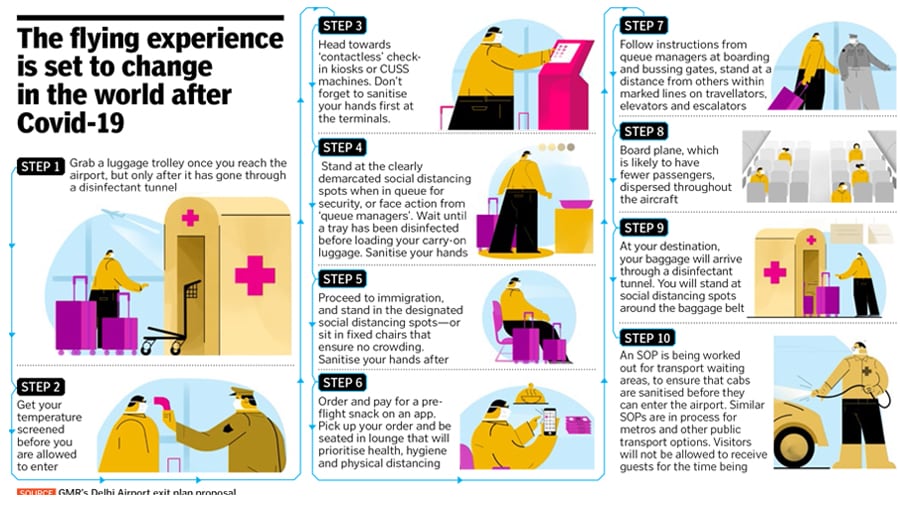
#Wanderlost? What the future of travel will look like
How the coronavirus will cause the travel bug to mutate
 Image: Shutterstock
Image: Shutterstock
It had become a bit of a joke in the past few years, as people who lived alternate realities on social media added cliched hashtags to their bios: #Traveller, #Wanderlust, #GlobeTrotter. The year 2020, however, delivered a punch (line) without any humour at all. In India alone, the tourism sector is staring at losses worth ₹1.29 trillion through the calendar year because of Covid-19, according to a study by credit rating agency Care Ratings.
The World Travel and Tourism Council (WTTC) predicts the sector will face a staggering 100 million job losses due to the pandemic and a sharp escalation in economic loss—up to $2.7 trillion of GDP worldwide.
When we emerge after months of government-mandated lockdowns to control the spread of the coronavirus, the world will have all but changed, there’s little doubt of that. While we slowly navigate the contours of living in this brave new world, we will have to also find new ways of, well, navigating the world itself. How will we travel when we travel again?
The answers are complex. Let’s begin with the immediate question:
When will we travel again?
“We have to look at a more near-term recovery before a long-term one. Even a semblance of it will only begin after mid-June—it could be July, August, potentially even September,” says Neeraj Govil, senior vice president, South Asia, Marriott International. “And I say this assuming the health condition will not worsen. We should hopefully continue in the right trajectory and see some ease of restrictions that are reliable by then.”
(This story appears in the 30 November, -0001 issue of Forbes India. To visit our Archives, click here.)

 Image: Shutterstock
Image: Shutterstock





